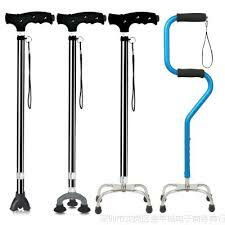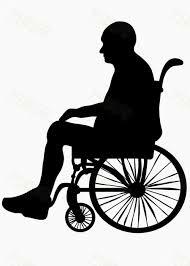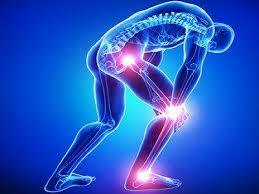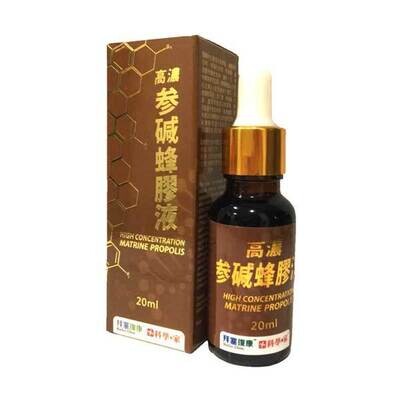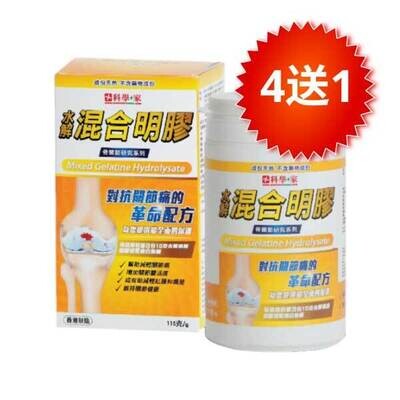嚴重骨關節炎 | Severe Arthritis
如你有此疾病,請遵照閣下醫生的完整醫療方案;而是否使用多學科復康方案前,你必須咨詢主診醫生的意見,如果閣下的主診醫生不建議您加入補充劑調理組合,請你不要使用。如果你需要尋求其他醫生作第二咨詢,閣下可聯絡我們線上<無邊界醫生>或你自己城市內的其他專業醫生的再診斷。
需醫生診斷
為免錯誤診斷及漏診,請提供最近1個月的專業診斷報告。
如果診斷無誤,您可選擇參與<試用階段不如意退款>
骨關節炎
骨關節炎(OA)的特徵包括關節退行性變、軟骨遺失和軟骨下骨改變。它是最常見的關節炎,發病率最高。它主要影響老年人,但35%的發病率早在30歲就開始了(通常診斷為髕骨軟骨軟化症)。發病率隨著年齡的增長而急劇增加。超過4000萬美國人患有骨性關節炎,其中80%的人年齡在50歲以上。OA負責25%的初級保健醫生的辦公室就診。男性和女性同樣受到影響,但症狀出現得更早,女性似乎更嚴重。
If you have this disease, please follow your doctor's complete medical plan. You must consult the attending doctor before using the multidisciplinary rehabilitation plan. If your attending doctor does not recommend you to join the supplement conditioning combination, please do not use it. If you need to seek second opinion from other doctors, you can contact our online "Doctors Without Borders", or another professional doctorin your own city.
Need expert diagnosis
In order to avoid misdiagnosis and missed diagnosis, please provide the professional diagnosis report of the last month.
Osteoarthritis (OA)
Osteoarthritis (OA) characteristics include joint degeneration, loss of cartilage, and alterations of subchondral bone. It is the most common form of arthritis, with the highest morbidity rate of any illness. It primarily affects the elderly, but 35% of its incidence in the knee starts as early as age 30 years (often diagnosed as chondromalacia patellae). The incidence dramatically increases with age. More than 40 million Americans have OA, including 80% of persons older than 50 years. OA is responsible for 25% of all office visits to primary care physicians. Men and women are equally affected, but symptoms occur earlier and appear to be more severe in women.
-
• Diseases thought to be OA of specific joints: hands (Heberden’s and Bouchard’s nodes), hips (malum coxae senilis), temporomandibular joint (Costen’s syndrome), knees (chondromalacia patellae), and spine (ankylosing hyperostosis, interstitial skeletal hyperostosis).
-
- • Weight-bearing joints and peripheral and axial articulations are principally affected. Hyaline cartilage destruction is followed by hardening and formation of large bone spurs (calcified osteophytes) in joint margins, causing pain, deformity, and limited joint motion. Inflammation usually is minimal.
-
-
• Two categories of OA: (1) primary OA arises from wear and tear after the fifth and sixth decades, with no predisposing abnormalities. The cumulative effects of decades of use stress collagen matrix. Damage releases enzymes that destroy collagen components. With aging, the ability to synthesize restorative collagen decreases. (2) Secondary OA entails predisposing factors for degeneration. Factors include congenital abnormalities in joint structure or function (e.g., hypermobility and abnormally shaped joint surfaces), trauma (obesity, fractures along joint surfaces, surgery), crystal deposition, presence of abnormal cartilage, previous inflammatory disease of joint (rheumatoid arthritis [RA], gout, septic arthritis).
-
- • OA severity, as determined by radiography, does not correlate with degree of pain. Normal-looking joints, with little joint-space narrowing, can be excruciatingly painful. Conversely, joints with tremendous deformity may have little pain. In fact, 40% of patients with the worst x-ray classification for OA are pain free. The cause of pain is ill defined, but there are numerous potential causes. Depression and anxiety increase the experience of OA pain.
Refs: Osteoarthritis. Joseph E. Pizzorno ND, ... Herb Joiner-Bey ND, in The Clinician's Handbook of Natural Medicine (Third Edition), 2016

